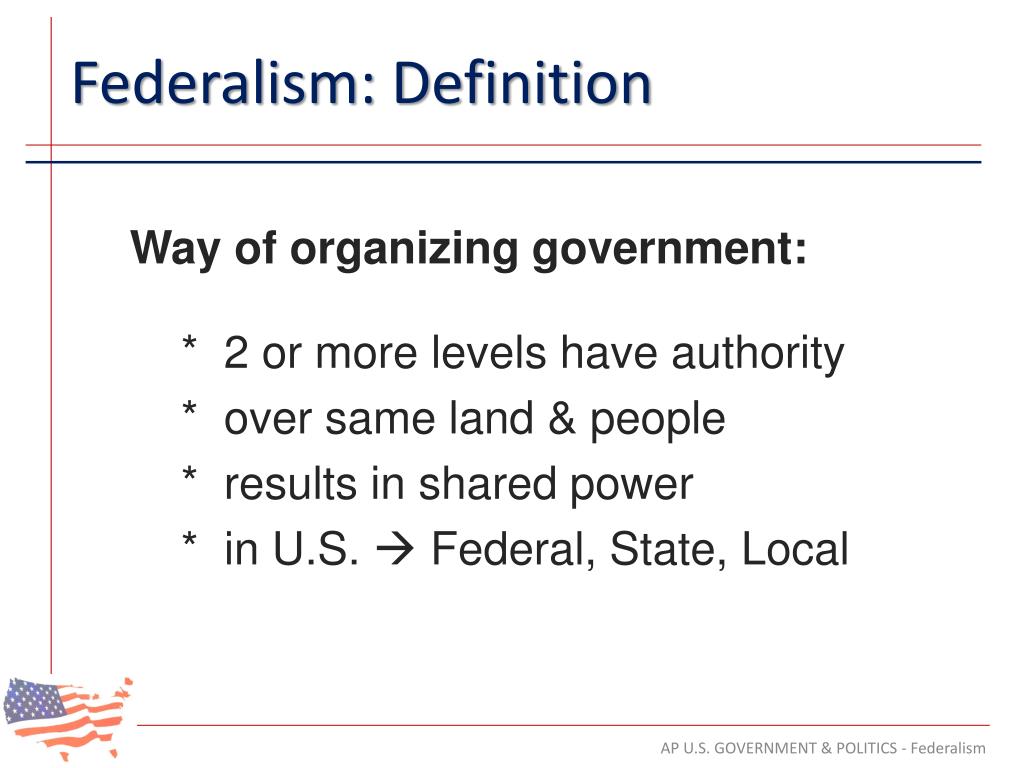

The State of Texas can divide, create, or abolish local governments at will – generally, by an act of the legislature. But at the state level, there is no such division of power. Unlike some countries where there is a unitary, centralized system of government, the U.S. government cannot divide or abolish a state government. In the American system of government, which is called federalism, the states and the federal government share ‘sovereignty,’ meaning that each has certain exclusive powers. The relationship of the State of Texas to its political subdivisions differs from the relationship of the United States to the 50 states. For example, courts of appeals are based throughout the state, and they act within geographic boundaries, yet they belong to the state government directly. Each political subdivision draws its specific authority from state law.Ĭertain state government entities operate at the regional or local level yet are not political subdivisions.Each political subdivision has locally elected or appointed government members.Each political subdivision has the power to impose ad valorem tax.A county, for example, may contain more than one city. These boundaries may overlap with those of other political subdivisions. Each political subdivision has limited geographic boundaries.Texas local governments vary greatly in purpose, size, and structure, yet they share several common characteristics:

Other political subdivisions are municipalities, school districts, emergency services districts, river authorities, junior college districts, hospital authorities, municipal utility districts, and conservation districts. Every part of Texas belongs to one of the state’s 254 counties. The oldest and most basic political subdivisions of Texas are county governments, which run elections, provide public safety, and operate local courts and jails. A broader definition includes the interrelationships between people between men and women, parents and children, people with and without disabilities and the operation of power at every level of human interaction. Local and Regional Food Systems: A Report to Congress.Political subdivisions of Texas are units of local government that provide basic services, including education, public safety, ambulances, water and electric utilities, and public transit. A narrow definition of politics refers to the activities of governments, politicians, or political parties. Most state Departments of Agriculture (or similar departments) operate programs to promote locally grown products with slogans such as “Georgia Grown” or “Utah's Own.”įor more in-depth information, see USDA Economic Research Service January 2015 Report - Trends in U.S. A range of local, State, and Federal regulations guide marketing, food safety, licensing, and other activities related to food production and sale. They review the local food system to develop policy recommendations and strategies for expanding and improving local food systems to meet specific challenges at local and State levels. For example, food policy councils are comprised of a broad range of individuals from all aspects of a local food system. A quilt of public and non-profit organizations work to shape food policy and regulations.

Local food systems operate within the existing framework for all food regulations and policies.
/unitary-5bfd475ec9e77c0051b2cfb7.jpg)
#Local politics definition professional#
Local foods have often topped consumer and food professional surveys of food trends. Some evidence of this growth includes nearly tripling the number of farmers’ markets, and the initiation of thousands of farm-to-school programs across the U.S. Local and regional food systems have grown in popularity over the past decade as shown by the increasing supply of and demand for local foods.


 0 kommentar(er)
0 kommentar(er)
